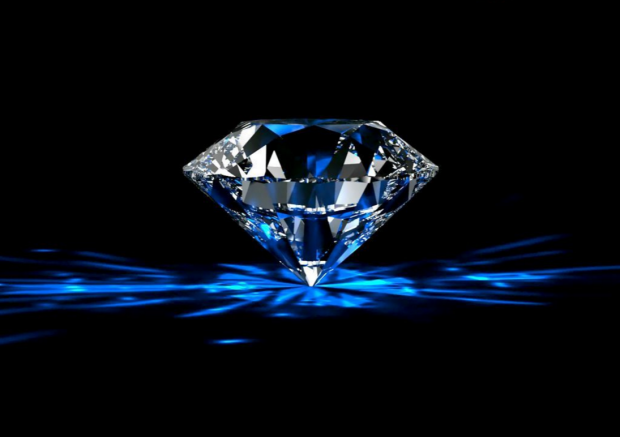
Breaking News
 Food Banks All Over The U.S. Are Being Overwhelmed By A Tsunami Of Hungry People
Food Banks All Over The U.S. Are Being Overwhelmed By A Tsunami Of Hungry People
 Kids' Online Safety Laws Could Dig a Graveyard for Speech and Privacy
Kids' Online Safety Laws Could Dig a Graveyard for Speech and Privacy
 The Only REAL Solution to Digital ID - #SolutionsWatch
The Only REAL Solution to Digital ID - #SolutionsWatch
Top Tech News
 Japan just injected artificial blood into a human. No blood type needed. No refrigeration.
Japan just injected artificial blood into a human. No blood type needed. No refrigeration.
 The 6 Best LLM Tools To Run Models Locally
The 6 Best LLM Tools To Run Models Locally
 Testing My First Sodium-Ion Solar Battery
Testing My First Sodium-Ion Solar Battery
 A man once paralyzed from the waist down now stands on his own, not with machines or wires,...
A man once paralyzed from the waist down now stands on his own, not with machines or wires,...
 Review: Thumb-sized thermal camera turns your phone into a smart tool
Review: Thumb-sized thermal camera turns your phone into a smart tool
 Army To Bring Nuclear Microreactors To Its Bases By 2028
Army To Bring Nuclear Microreactors To Its Bases By 2028
 Nissan Says It's On Track For Solid-State Batteries That Double EV Range By 2028
Nissan Says It's On Track For Solid-State Batteries That Double EV Range By 2028
 Carbon based computers that run on iron
Carbon based computers that run on iron
 Russia flies strategic cruise missile propelled by a nuclear engine
Russia flies strategic cruise missile propelled by a nuclear engine
 100% Free AC & Heat from SOLAR! Airspool Mini Split AC from Santan Solar | Unboxing & Install
100% Free AC & Heat from SOLAR! Airspool Mini Split AC from Santan Solar | Unboxing & Install
Scientists Turn Nuclear Waste into Diamond Batteries That'll Last for Thousands of Years

Nuclear energy is carbon free, which makes it an attractive and practical alternative to fossil fuels, as it doesn't contribute to global warming. We also have the infrastructure for it already in place. It's nuclear waste that makes fission bad for the environment. And it lasts for so long, some isotopes for thousands of years. Nuclear fuel is comprised of ceramic pellets of uranium-235 placed within metal rods. After fission takes place, two radioactive isotopes are left over: cesium-137 and strontium-90.
These each have half-lives of 30 years, meaning the radiation will be half gone by that time. Transuranic wastes, such as Plutonium-239, are also created in the process. This has a half-life of 24,000 years. These materials are highly radioactive, making them extremely dangerous to handle, even with short-term exposure.
The typical nuclear power plant creates about 2,300 tons of waste annually. 99 reactors are currently employed in the United States. That's a lot of waste per year. The US is currently stockpiling 75,000 tons of nuclear waste. It is carefully stored and maintained. However, just like anything else it is vulnerable to natural disasters, human error, even terrorism. Storage is also costly. American taxpayers are on the hook for tens of millions of dollars.
So what can be done? Researchers at the University of Bristol in the UK have a solution. Geochemist Tom Scott and colleagues have invented a method to encapsulate nuclear waste within diamonds, which as a battery, can provide a clean energy supply lasting in some cases, thousands of years.

 "Refusal to Disclose"
"Refusal to Disclose"

